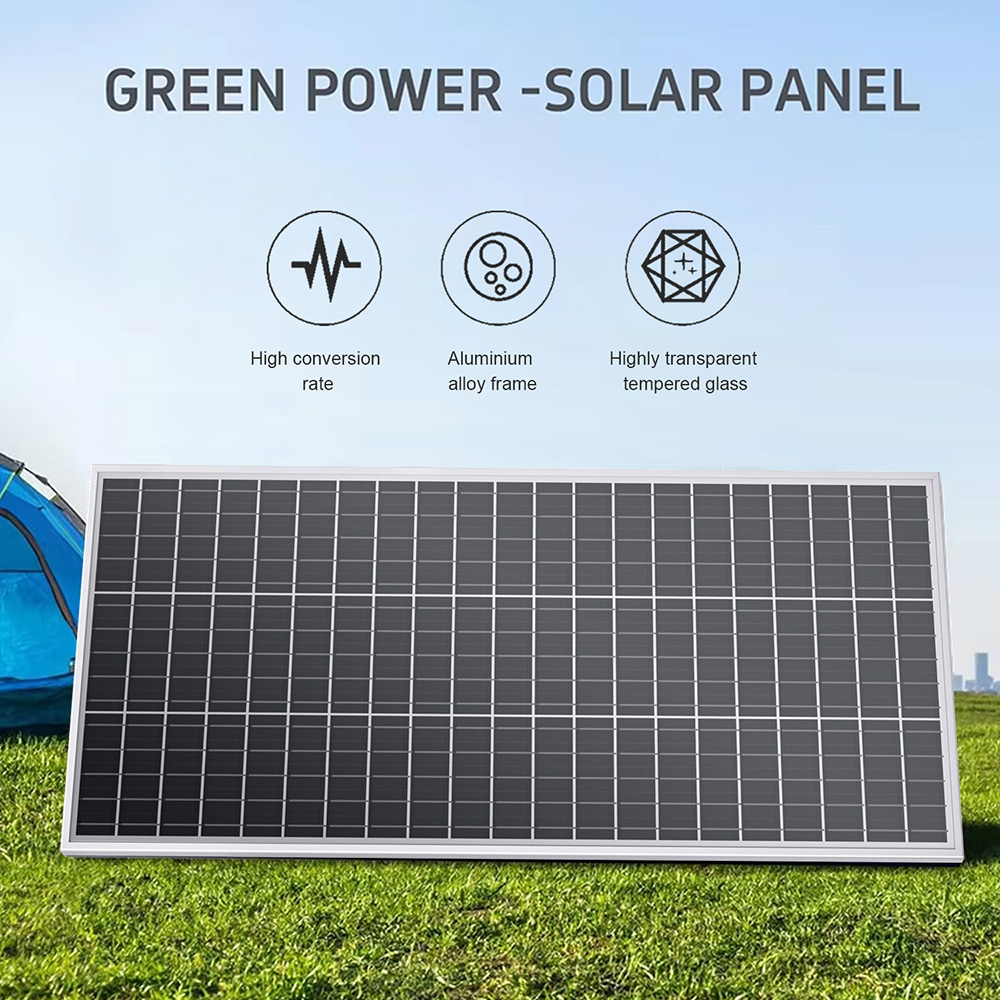Key Selection Criteria and Technical Trends Analysis of Flexible Solar Panels
Flexible solar panels are known for their lightweight, portability, and ease of installation, making them ideal for outdoor, mobile applications, and curved surface designs. Their flexible material allows them to be used on curved and irregular surfaces, providing designers and architects with greater freedom and creativity.For the current market situation, solar flexible panel It has a very advantageous development prospect and an extremely superior ecological environment. https://www.supasolarpanel.com
1. Classification and Conversion Efficiency
Currently, there are five main types of solar power panels, with specific conversion efficiencies as follows:
Organic photovoltaic (OPV) cells: Conversion efficiency of around 8%.
Amorphous silicon solar cells: Conversion efficiency of 10%-12%.
Copper indium gallium selenide (CIGS) solar cells: Conversion efficiency of 14%-18%.
Cadmium telluride (CdTe) solar cells: Conversion efficiency of 16%-18%.
Gallium arsenide (GaAs) solar cells: Conversion efficiency of 28%-31%.
2. How to Improve the Power Generation Efficiency of Flexible Solar Panels
There are several ways to improve the efficiency of flexible solar panels, with the most common being the use of high-efficiency cells and control circuits. Additionally, maintaining a clean surface and avoiding shading can help maximize the power generation efficiency of flexible solar panels.
3. Key Points in Selection
Power: Power is the primary criterion for selecting the appropriate solar power panels. Measured in watts, the higher the power output, the more devices it can support, and the longer it will last. For example, a 100W solar flexible panel can be used on a boat for 2-3 hours; 200W or 300W panels are suitable for RVs or camping trips. However, the power output is proportional to the cost, so it’s essential to choose the right panel based on the application scenario.
Efficiency: Efficiency refers to the rate at which the flexible solar panel converts absorbed sunlight into usable energy. A basic standard of 15% efficiency means that 15% of the total absorbed light is being converted into solar energy. High-quality flexible solar panels can offer efficiencies of up to 23-25%.
Durability: Durability depends on the quality of the materials used in the panels. Plastic is often used to sandwich the photovoltaic cells, protecting them from dust and corrosion. ETFE plastic provides better durability and light transmission than PET and PTE plastics. Additionally, crystalline solar panels, while slightly more expensive, are generally superior to thin-film panels, at least with current technology. Waterproofing is another attractive feature offered by leading manufacturers, especially useful in the marine industry.
Bending Angle: A 30-degree bending angle is considered acceptable for most crystalline panels.
4. Technical Trends
Research and development of flexible solar panels are currently focused on the following areas:
New Material Research: The adoption of more advanced organic materials, new inorganic materials, etc., to improve the conversion efficiency and lifespan of flexible solar panels.
Manufacturing Process Improvements: The use of flexible display technology, self-organizing growth technology, and more to enhance the production efficiency and quality of flexible solar panels.
Environmental Adaptability: Addressing challenges such as waterproofing, moisture resistance, high-temperature resistance, and wind resistance. Developing more durable flexible solar panels to meet the needs of different environmental conditions is essential.
Flexible solar panels are suitable for a variety of outdoor applications such as camping, travel, outdoor exploration, and sports. They are also applicable in industries like construction, transportation, and marine.